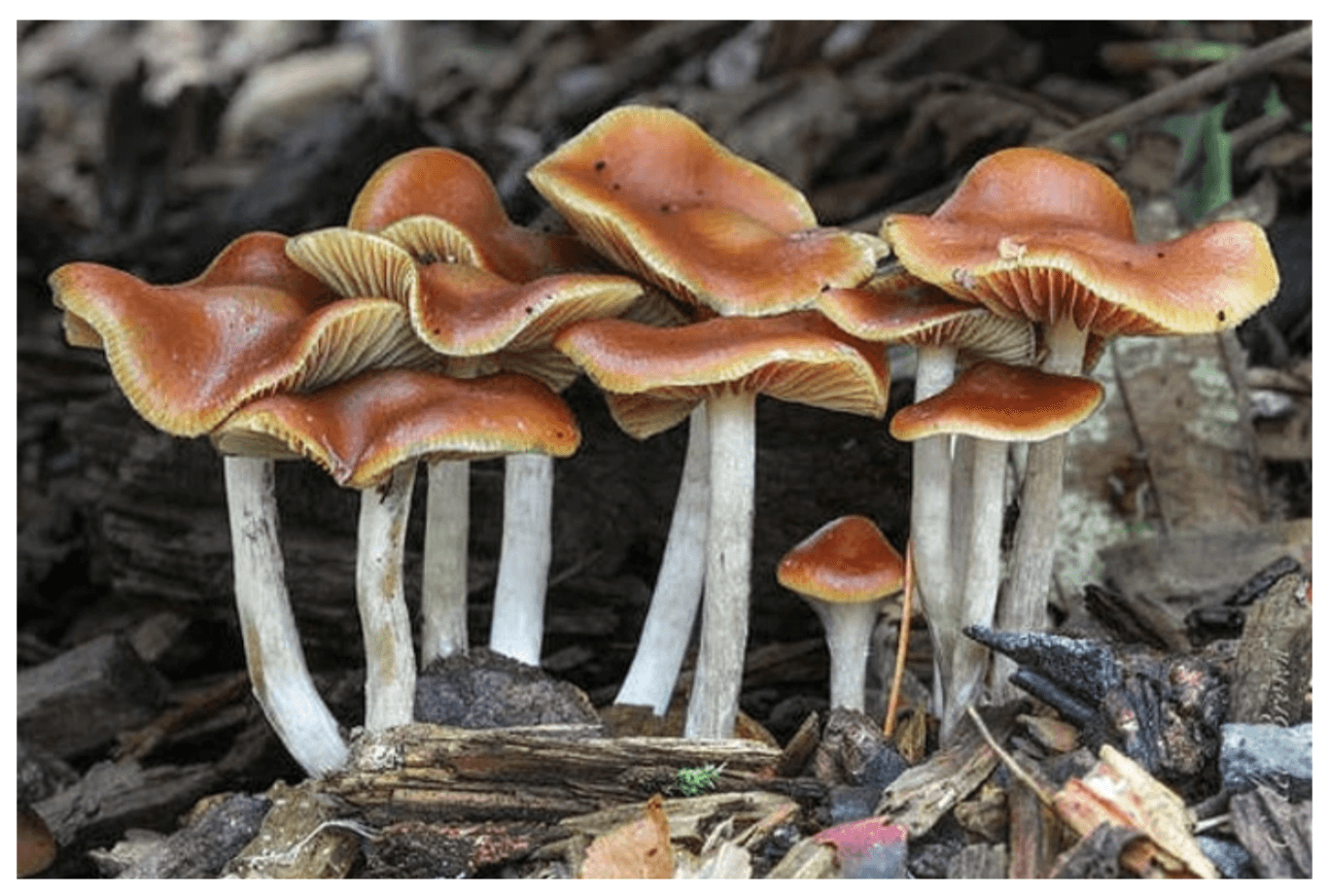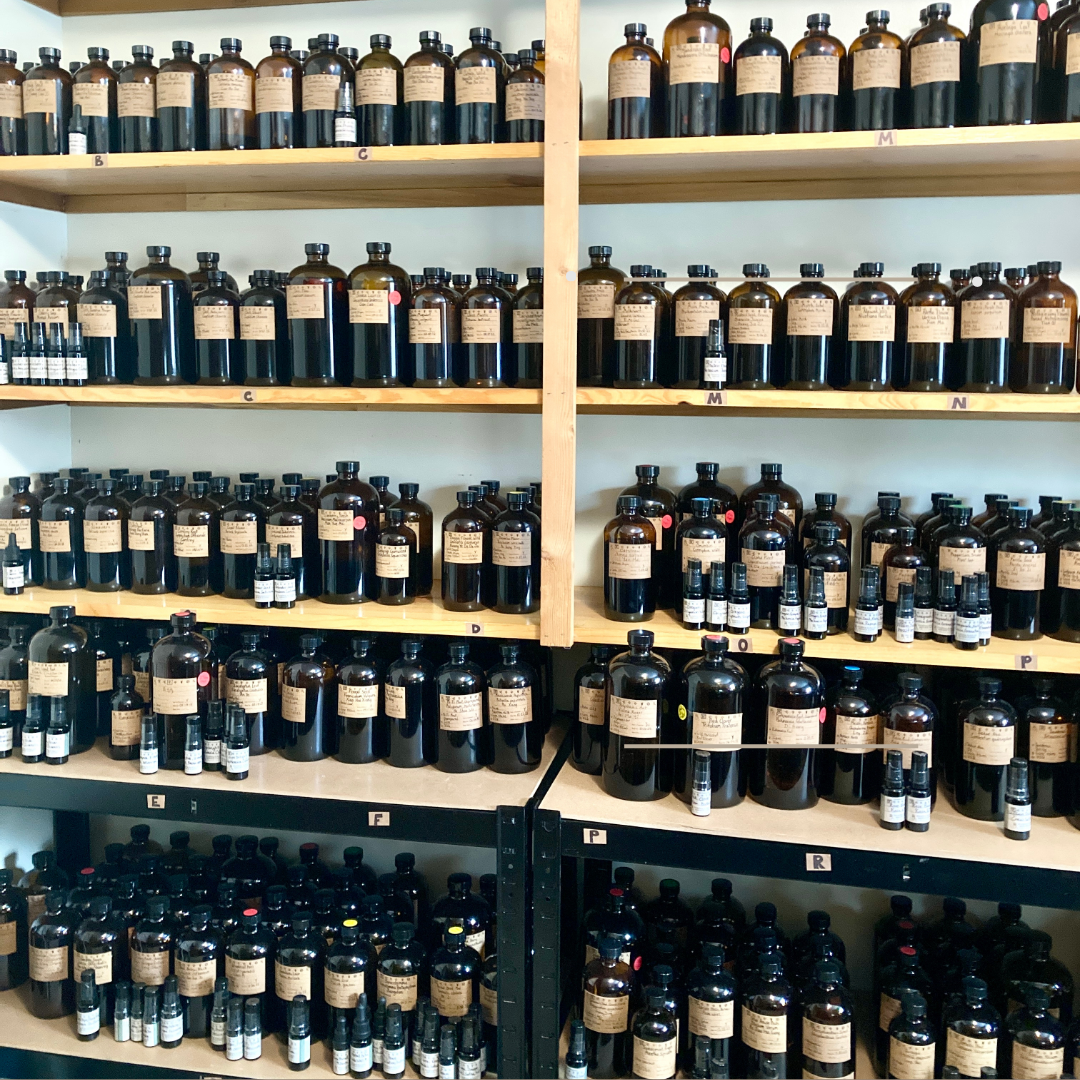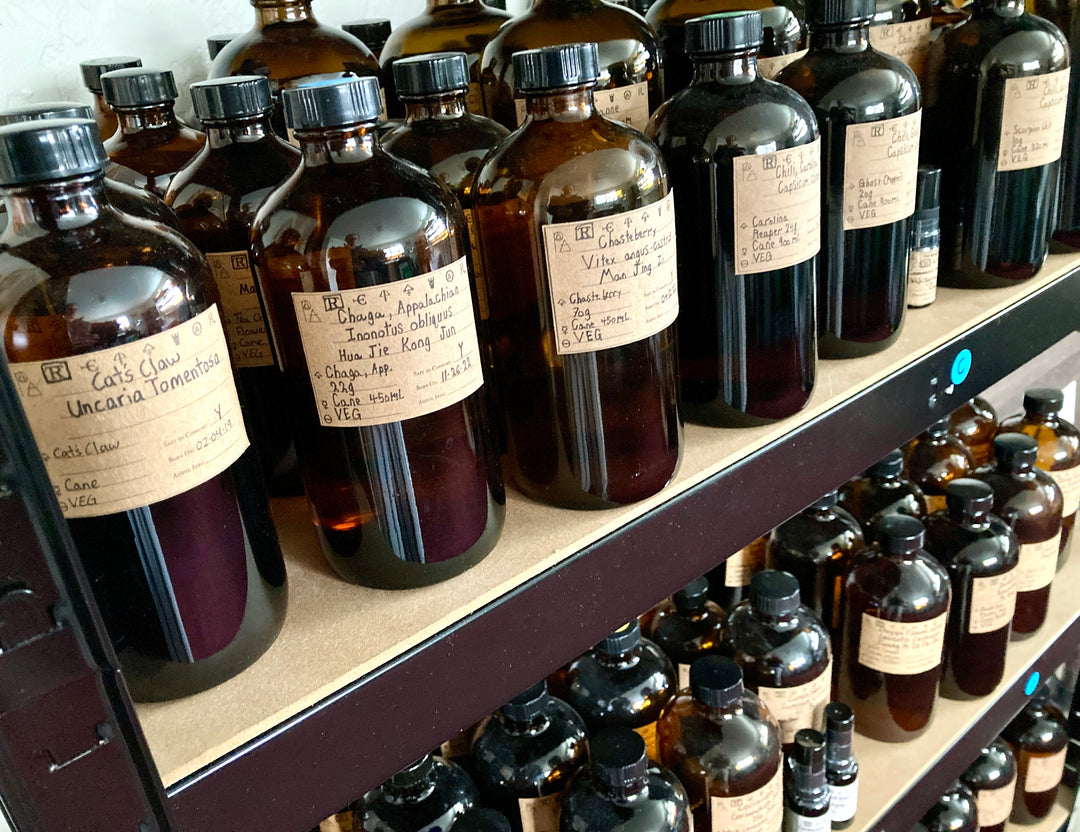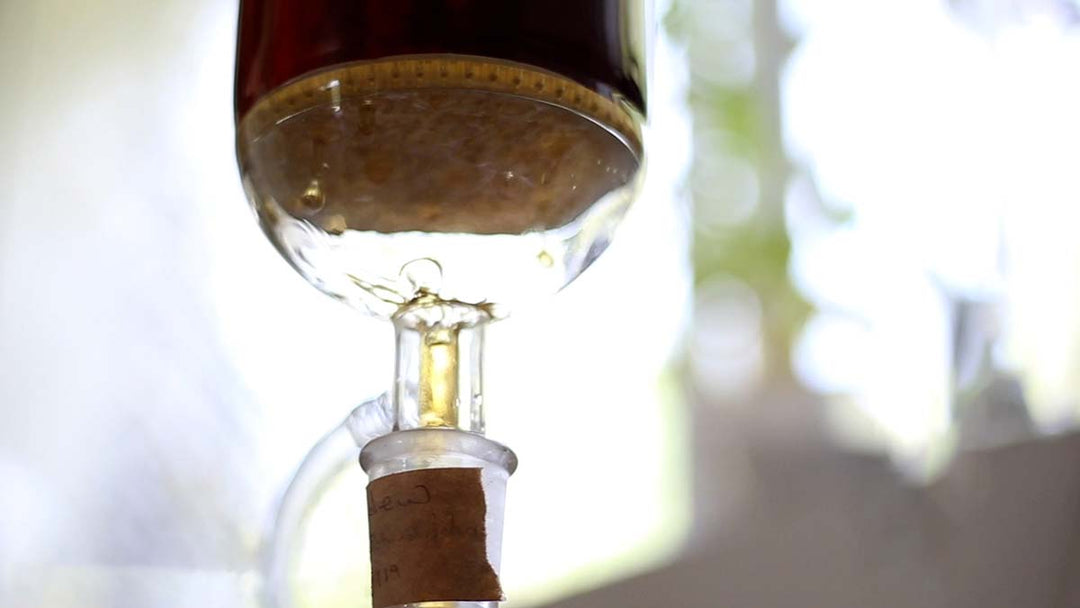1. Don't perform mono-culture. No till mono-culture works about as well as cleaning your whole house with a toothbrush. In theory, it could possibly be done, but it will take a long time and you'll encounter a lot of problems. Always diversify.

2. If you first start to plant or transplant into your no-till soil and it's brand new or new for the season, you should be able to see the soil. But after that, If you can see the soil, you're not actually stewarding enough life. In fact, if you can see the soil, you're wasting water and promoting soil erosion. You will want mosses, ground covers, nitrogen fixers, nutrient miners, etc; growing right alongside everything in you garden ALONG WITH some sort of covering; I use untreated barley or wheat straw or else woodchips [though woodchips require more nitrogen fixing plants to be grown because they can leach nitrogen from the growing area]. The diversity of what you grow is critical. I would use this blend of cover crop seeds as well as a host of brassicas [especially mustard greens and Asian Greens] and ground-covers to be broadcast around whatever you are actually trying to grow in that area. All of these things will grow up with your plants and you just keep trimming them back every couple weeks and using those trimmings in a green mulch [see below].
 3. Perform Vermiculture Composting. Build yourself a flow-through Vermiculture bin and use it regularly. You will get the highest quality compost you can imagine. Also, build yourself a Leaf Mould compost Bin Separate from your Vermiculutre Compost Bin. This is really important for good agriculture. Once you build your Vermiculture bin, try performing a double compost - first perform a bokashi compost, then treat the bokashi compost with alkalizing minerals [because bokashi is acidic] and then give that treated, alkalized bokashi compost to your vermiculture bin. This creates the BEST compost you can get your hands on and also allows you to compost things like Meat Scraps, Bones, Dairy, etc.
3. Perform Vermiculture Composting. Build yourself a flow-through Vermiculture bin and use it regularly. You will get the highest quality compost you can imagine. Also, build yourself a Leaf Mould compost Bin Separate from your Vermiculutre Compost Bin. This is really important for good agriculture. Once you build your Vermiculture bin, try performing a double compost - first perform a bokashi compost, then treat the bokashi compost with alkalizing minerals [because bokashi is acidic] and then give that treated, alkalized bokashi compost to your vermiculture bin. This creates the BEST compost you can get your hands on and also allows you to compost things like Meat Scraps, Bones, Dairy, etc. 4. Make a green mulch and an Activated, Aerated, Compost Tea with the cycles of the moon. Green Mulch is made by mixing a 5 gallon bucket of Fresh Green Trimmings from your cover crop plants from step two with a 5 gallon bucket of Vermiculture Compost and 5 Gallon Bucket of Leaf Mould. Ideally, you should add a 1/4 quart volumetrically of Rock Dusts [like Andesite, Basalt, Azomite, etc] as well as Mycorrhizal Fungal Inoculant, Potassium Silicate, and a little Cal-Phos in this mixture and dress down the entire top of the soil. To do this, I prepare the Green Mulch using the Recipe above, scoot away the ground cover [barley/wheat straw or woodchips], lay the Green Mulch Down, then cover back up with the Barley/Wheat Straw or Wood Chips. Then, water the whole thing in with an Activated Aerated Compost Tea. AACT is made using Vermiculture Compost, some Bokashi Inoculant, Molasses, and Filtered Water and then aerated in a Compost Tea Brewer. Before it's done, add some Aloe Vera Extract Powder, Potassium Silicate Powder, humic acid, and some Andesite. Then apply to your garden as a root drench. You can add other things to your AACT, as well, but this takes stocking some other amendments on hand. Start with a Tea Lab brewer [found on Amazon] and then upgrade from there.
4. Make a green mulch and an Activated, Aerated, Compost Tea with the cycles of the moon. Green Mulch is made by mixing a 5 gallon bucket of Fresh Green Trimmings from your cover crop plants from step two with a 5 gallon bucket of Vermiculture Compost and 5 Gallon Bucket of Leaf Mould. Ideally, you should add a 1/4 quart volumetrically of Rock Dusts [like Andesite, Basalt, Azomite, etc] as well as Mycorrhizal Fungal Inoculant, Potassium Silicate, and a little Cal-Phos in this mixture and dress down the entire top of the soil. To do this, I prepare the Green Mulch using the Recipe above, scoot away the ground cover [barley/wheat straw or woodchips], lay the Green Mulch Down, then cover back up with the Barley/Wheat Straw or Wood Chips. Then, water the whole thing in with an Activated Aerated Compost Tea. AACT is made using Vermiculture Compost, some Bokashi Inoculant, Molasses, and Filtered Water and then aerated in a Compost Tea Brewer. Before it's done, add some Aloe Vera Extract Powder, Potassium Silicate Powder, humic acid, and some Andesite. Then apply to your garden as a root drench. You can add other things to your AACT, as well, but this takes stocking some other amendments on hand. Start with a Tea Lab brewer [found on Amazon] and then upgrade from there.5. Get some 1 Gallon and 5 gallon buckets and make Jadam Fertilizers each season from your plants. Jadam is just the Korean term for 'Anaerobic Endogenous Ferment', so all you need is a bucket, plant material, water, and a rock to use as a weight to keep the plant material below the surface of the water. Typically, Chamomile, Valerian Flowers, Tomato Greens, Tomato Flowers, and any of your cover crops [like Clover, Vetch, etc] all work great. They each have a slightly different use based on what chemicals they contain. But you can find out what they contain and in approximately how many ppm's by using Dr Duke's Phytochemical and Ethnobotanical Database search engine which is free online. Apply Jadam only as necessary as a fertilizer depending on the stage of life of your plant. For instance, apply a tomato sprout jadam to encourage sprouting - never more than a 1:200 dilution. Tomato greens jadam application diluted at 1:200 to 1:20 ratio in water during vegetative phase. Or a tomato flower jadam application diluted the same way during flowering phase.
 6. Use Companion Planting. So besides your ground cover plants, cluster things together that grow well to maximize your grow space and create symbiosis between your plants. Carrots, Basil, Oregano, and Tomatoes for instance. They all have different heights that they grow above the soil, they all look VERY different, have entirely different root depths and nutritional needs, and help each other grow. Along with nitrogen fixing cover crops [like Vetch, Cowpea, etc] placed near them, they will never be able to use all the nitrogen in the soil and they will support each other's growth, conserve water, and provide natural pest resistance.
6. Use Companion Planting. So besides your ground cover plants, cluster things together that grow well to maximize your grow space and create symbiosis between your plants. Carrots, Basil, Oregano, and Tomatoes for instance. They all have different heights that they grow above the soil, they all look VERY different, have entirely different root depths and nutritional needs, and help each other grow. Along with nitrogen fixing cover crops [like Vetch, Cowpea, etc] placed near them, they will never be able to use all the nitrogen in the soil and they will support each other's growth, conserve water, and provide natural pest resistance. 7. Keep your mychorrhizal fungal network in tact by disrupting the soil as little as you need to. This is the neural network of the soil and if you establish a strong fungal network, then the fungi will actually distribute your nutrients for you. This makes it so you can be growing beans in one part of the garden and the nitrogen being fixed in the soil can travel over large distances to the tomatoes grown at the other end of the garden. This is why I suggested adding a little inoculation to every Green Mulch you make - it will assist that network and ensure that it constantly is replenished in the top 2" of the soil.
7. Keep your mychorrhizal fungal network in tact by disrupting the soil as little as you need to. This is the neural network of the soil and if you establish a strong fungal network, then the fungi will actually distribute your nutrients for you. This makes it so you can be growing beans in one part of the garden and the nitrogen being fixed in the soil can travel over large distances to the tomatoes grown at the other end of the garden. This is why I suggested adding a little inoculation to every Green Mulch you make - it will assist that network and ensure that it constantly is replenished in the top 2" of the soil.If you follow these rules, you will be BUILDING your soil and this will allow for great growth. If you experience any insect issues, then you need to focus on adding more paramagnetic value and ensuring that the microbes you are introducing are sufficient to make the nutrients available from the rock dusts. This will keep the insects away and it's a hell of a lot easier than performing ongoing IPM methods. Though some IPM methods, like foliar sprays, are a great thing, especially to help your plants stay resistant to the heat, develop thick, healthy foliage, and to inhibit pests like aphids, spider mites, and powdery mildew. But if you have the right paragmagnetic values in your soil, then those shouldn't be an issue in the first place.
Do this, and it will save you a fortune and give you the best, most nutrient dense produce you have ever tasted. Guaranteed. And ironically, even though it might seem like a lot right now, it is FAR less work to do things this way than in any other method of gardening you can imagine. You literally just end up having 2 days a month [full moon and new moon] of work instead of spending up to several days for a few hours each time a new problem comes up.








